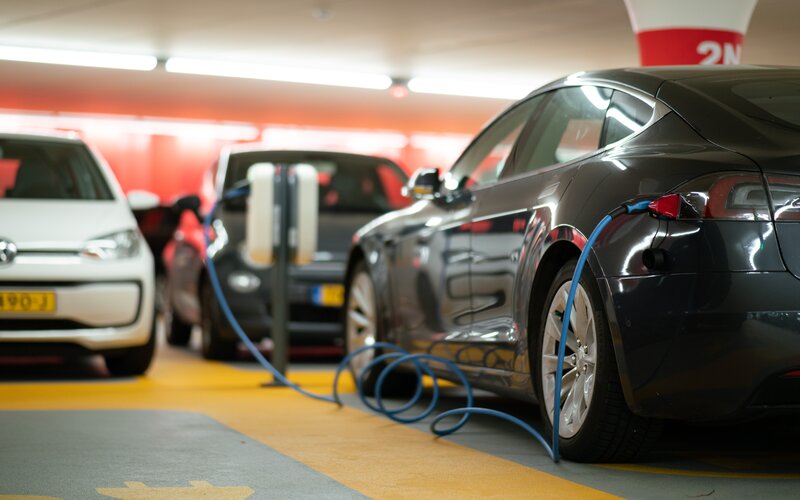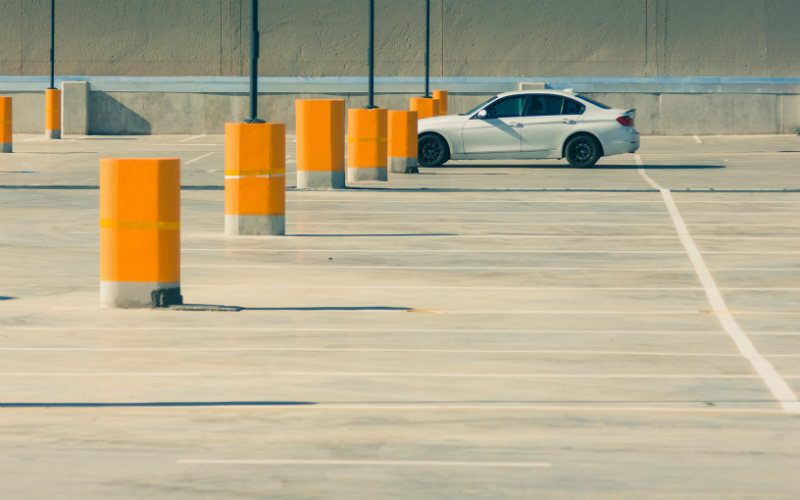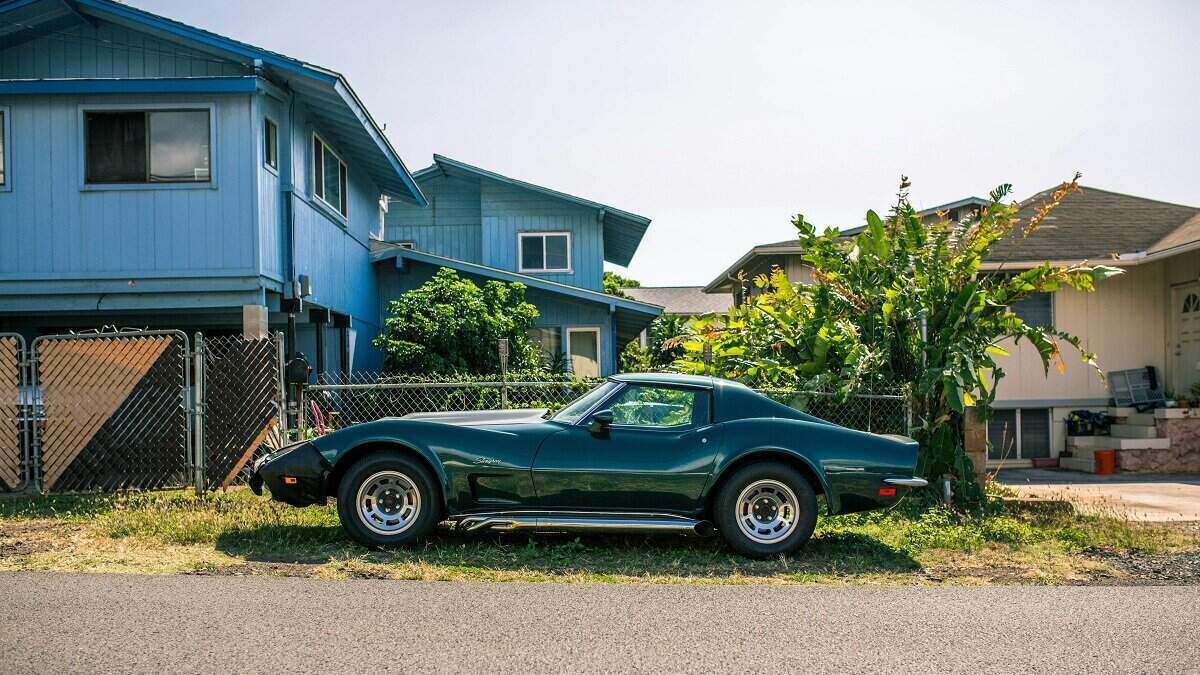According to the Australian Institute of Petroleum's weekly fuel price report ending Sunday 5 January, the national average price of unleaded petrol fell by 2.5 cents in the past week to 142.2 cents a litre.
After falling for 14 days and bottoming out at 136.7 cents a litre, pump prices peaked in Adelaide on Sunday at 171.3 cents a litre.
But the price discounting cycles aren't over yet in Sydney, Melbourne and Brisbane despite pump prices falling for 24 days, according to CommSec.
In capital cities on the eastern seaboard, some motorists can fill up at less than the wholesale cost of fuel.
This would come as welcome news for holidaymakers across the country, with some of us still on Christmas holidays.
"Filling up the car with petrol is the single biggest weekly purchase made by most households, so the festive cheer is very much appreciated by motorists," Commsec Chief Economist Craig James said.
Melbourne saw the biggest drop in fuel prices, falling by 5.4 cents per litre (CPL) moving from an average of 143.6 CPL the week before to 138.2 (CPL).
Sydney followed closely behind, with petrol prices moving from an average of 142.2 CPL to 137.0 CPL. That's a drop of 5.2 CPL.
In Brisbane, petrol prices fell by 4.9 CPL from 142.7 CPL the week before, to 137.8 CPL.
Overall, capital city prices are currently sitting within the $1.40 to $1.41 cents a litre cost.
| City | Weekly Average CPL | Weekly Change |
| Sydney | 137.0 | -5.2 |
| Canberra | 147.0 | 0.1 |
| Melbourne | 138.2 | -5.4 |
| Brisbane | 137.8 | -4.9 |
| Adelaide | 150.1 | 5.5 |
| Perth | 144.7 | 0.1 |
| Darwin | 142.1 | 0.1 |
| Hobart | 155.9 | -0.1 |
Source: Australian Institute of Petroleum
It's a slightly different story for regional parts of the country, where fuel prices have barely fallen.
The average price for unleaded fuel sits at 146.1 CPL, falling only by 0.9 cents.
| State | Weekly Average CPL | Weekly Change |
| NSW/ACT | 151.2 | 0.7 |
| Victoria | 149.1 | 0.8 |
| Queensland | 149.3 | 0.5 |
| South Australia | 151.2 | 0.9 |
| Western Australia | 153.1 | 0.7 |
| Northern Territory | 184.5 | -0.1 |
| Tasmania | 160.3 | 0.0 |
Source: Australian Institute of Petroleum
But Mr James warns the fuel discounts may not last long, with crude oil prices topping $70 a barrel.
"Given the tensions in the Middle East, the risk is that global oil prices will remain high, in turn lifting domestic petrol prices," he said.
"While higher crude oil prices are positive for companies in the energy sector, the high prices aren't encouraging for retailers and other consumer-focused businesses. Retailers are already facing challenges to get consumers to open their wallets and higher pump prices would add to the difficulties.
"Consumers have shown greater penchant for saving, debt reduction and giving to charities in recent months rather than spending at malls."
Mr James said higher oil prices could impact the chance of further rate cuts.
"Over the December quarter, petrol prices rose by around 5% after falling by 2% in the September quarter. Higher oil prices will lift inflation in the quarter and may lessen the inclination of the Reserve Bank to cut interest rates further."
Many economists have pencilled in another interest rate cut by the Reserve Bank in February.


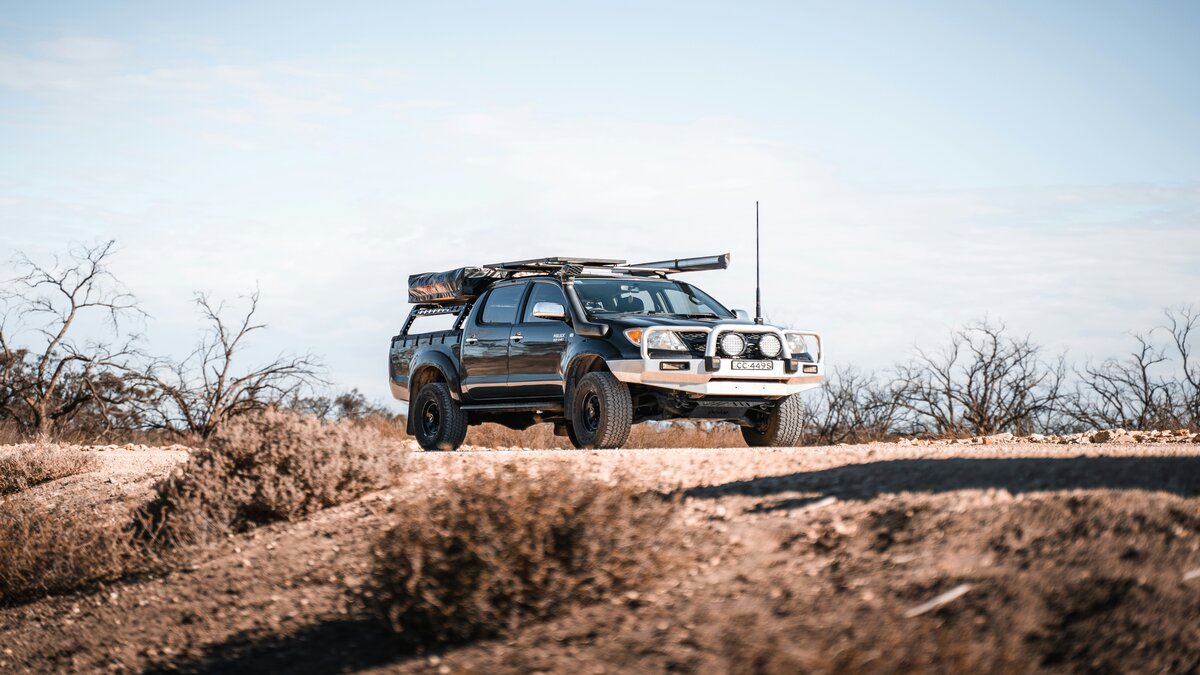
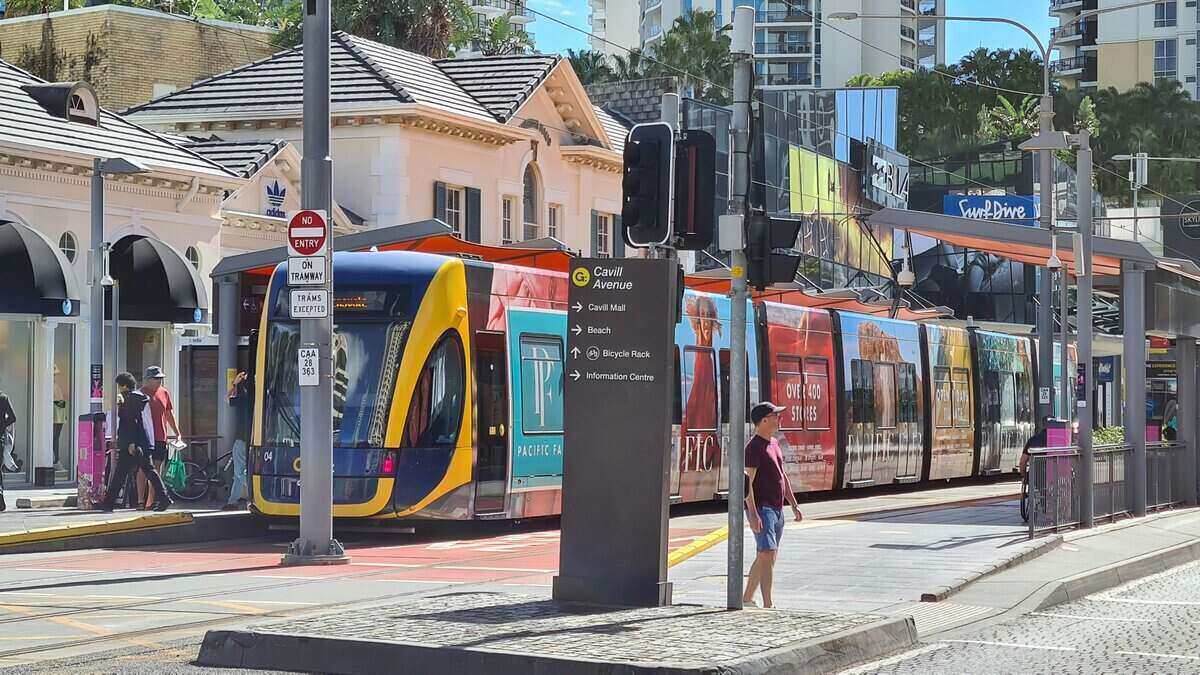
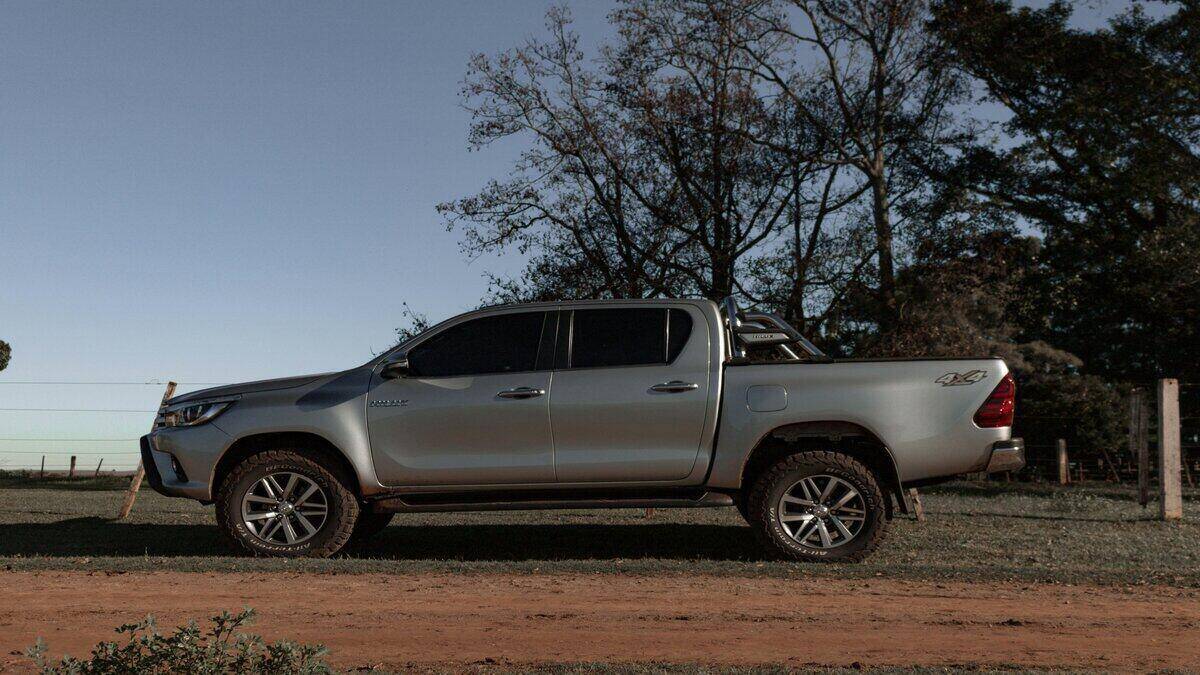

 William Jolly
William Jolly
 Alex Brewster
Alex Brewster